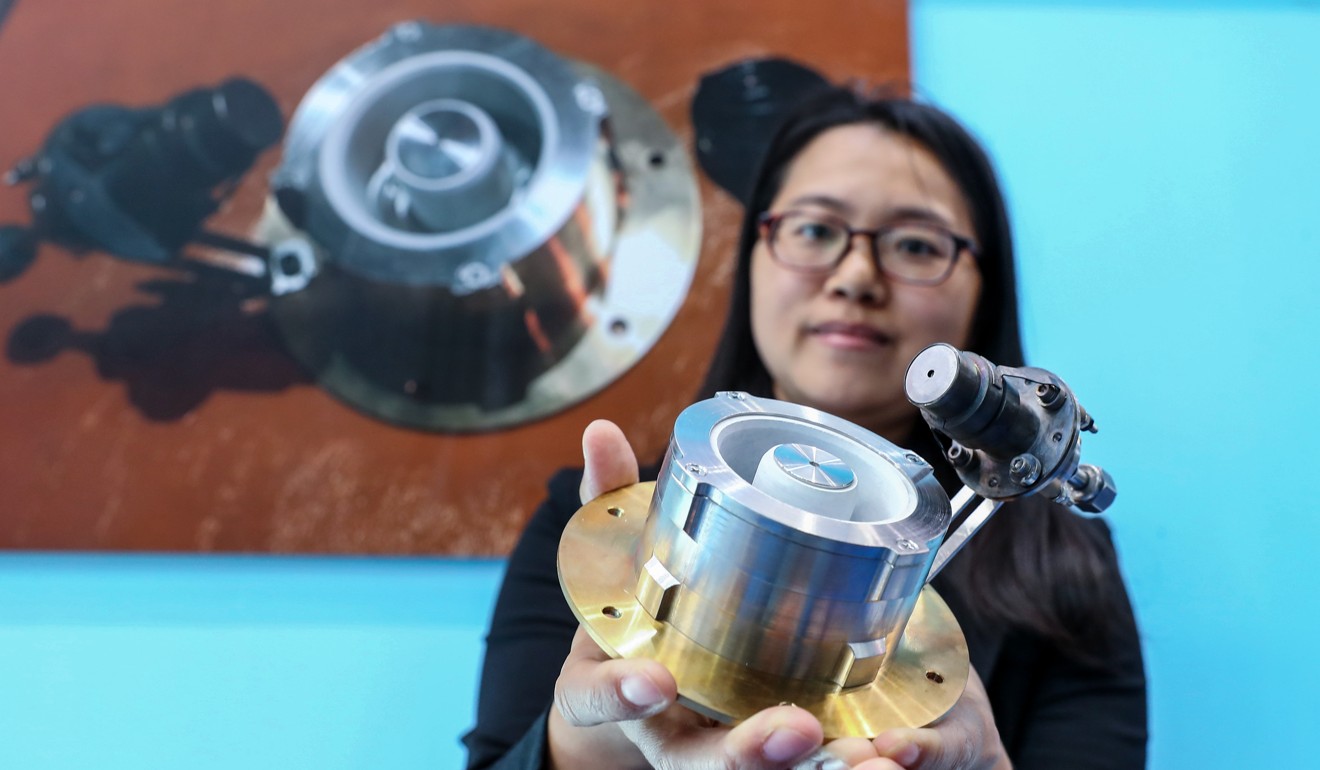Trade war could hit China’s innovation powerhouse plans
- Made in China 2025 ambitions have seen patent filings soar
- Economic slowdown could result in fewer patents filed by local inventors

China’s ambition to become a leader in innovation may be hampered by the US trade war, with concerns that fewer patents for original inventions may be filed in China as subsidies and other incentives dry up amid slowing economic growth.
As part of Beijing’s push to transform the country from the world’s factory into a self-sufficient powerhouse, Chinese companies have been encouraged to file patents domestically and internationally, with tax cuts and subsidies as high as 50,000 yuan (US$7,200), according to government documents.
But Hong Kong-based intellectual property expert Catherine Zheng has warned that declining revenues may reduce these and other financial incentives in the wake of an economic slowdown.
“Local governments have been offering these subsidies to patent filing, but if the economy slows, we worry that such subsidies may not be as much as before,” Zheng, senior intellectual property lawyer and partner at Deacons law firm, said. “This means the number of patent applications from Chinese companies may drop.”
China is the fastest-growing source of patent applications, a result of a national policy to encourage innovation.
The pace has stepped up in recent years with the ambitious “Made in China 2025” programme, which aims to make the country a global leader in technology but which is now also at the centre of trade tensions with the US.
Last year, China – which overtook Japan as the biggest source of domestic patents eight years ago and has remained in the lead ever since – approved 1.8 million patent applications.
In an apparent effort to gain ground in the burgeoning technology industry ahead of overseas competitors, Chinese companies and individuals have also filed a record number of international patent applications.
The World Intellectual Property Organisation, the UN intellectual property agency, received 48,882 applications from China in 2017, making it second only to the US in the number of international patent applications filed.
And for the first time, China is among the top five countries in terms of numbers of patents awarded, behind the US, Japan, South Korea and Germany.
In the US in 2017, hi-tech was the biggest field in which patents went to Chinese inventors, according to an earlier report by IFI Claims Patent Services, a division of Fairview Research.
The overwhelmingly large number of patent applications from China pouring into patent offices in the US and Europe are not always up to standard, according to Zheng, who has for years been involved in intellectual property litigation and enforcement work for Chinese and international companies.

They are often “higher in quantity but low in quality, sometimes with very brief descriptions that could hardly protect the filers’ rights”, she said.
It is a problem that appears to be addressed in the latest effort by China to “prioritise quality before quantity” and meet the demand for companies filing patent applications abroad.
The Shanghai government has amended its financial assistance measures to patent applicants so that, from next year, domestic patents for industrial design will no longer be rewarded with subsidies.
At the same time, incentives for patents granted internationally will be raised to 10 million yuan (US$1.4 million) from the current 1 million yuan.
Zheng said some Chinese companies, especially those looking to expand into overseas markets, were also shifting their strategies to seek “high-quality” patent filings in the face of severe competition with foreign companies.
“For example, some companies are now seeking to apply for patents in more countries rather than one single country, which could help to establish an advantage in foreign markets,” Zheng said.